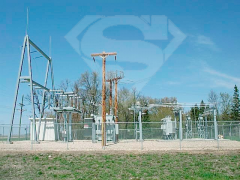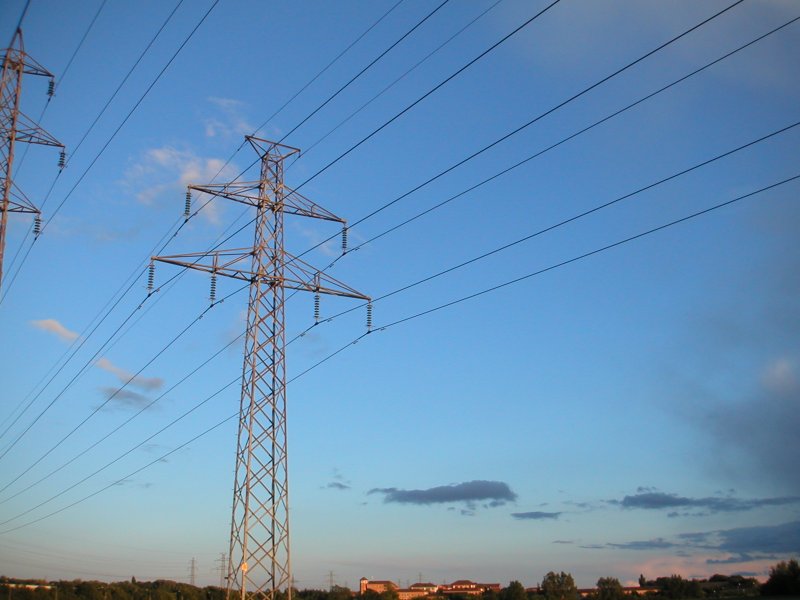 Even if many states prefer to focus on their own renewable resources, the technical hurdle for the interstate transmission superhighway may be overcome with a new “super” substation in New Mexico called Tres Amigas. One of the biggest barriers to the envisioned interstate transmission superhighway is that the U.S. actually has three separate grids: the Eastern Interconnection, the Western Interconnection, and the Texas grid. Without power transfers between these grids, it’d be hard to do as many clean energy advocates desire – send green power from the Southwest and wind from the Great Plains to the coasts.
Even if many states prefer to focus on their own renewable resources, the technical hurdle for the interstate transmission superhighway may be overcome with a new “super” substation in New Mexico called Tres Amigas. One of the biggest barriers to the envisioned interstate transmission superhighway is that the U.S. actually has three separate grids: the Eastern Interconnection, the Western Interconnection, and the Texas grid. Without power transfers between these grids, it’d be hard to do as many clean energy advocates desire – send green power from the Southwest and wind from the Great Plains to the coasts.
“Tres Amigas will serve as a renewable energy market hub by connecting all three of America’s power grids to enable the transfer of green power from region to region,” said Phil Harris, chief executive of Tres Amigas.
The problem? Most states have enough in-state renewable energy to meet their goals, and they like the economic rewards of tapping domestic renewable resources, especially in comparison to the cost of building a new high-voltage transmission network.
This spring, governors of ten states—including New York, New Jersey, Massachusetts, and Virginia—sent a letter to congressional leaders questioning the idea of a national transmission superhighway to bring juice from the Midwest to the Atlantic coast. Instead, they urged, Congress should support regional energy solutions—such as Atlantic offshore wind for those eastern states. It’s a line seconded by big utilities, such as PSEG of New Jersey. The argument: Renewable resources in the eastern U.S., such as wind and sun, may not be so abundant as in other parts of the country. But that resource advantage is more than offset by the huge expense of building thousands of miles of transmission lines to carry electricity.
The new Tres Amigas super substation might provide the technical potential for long-distance bulk transfer of electricity (as likely coal as solar or wind), but it won’t make many friends in the process.



